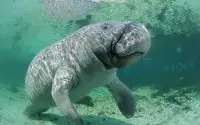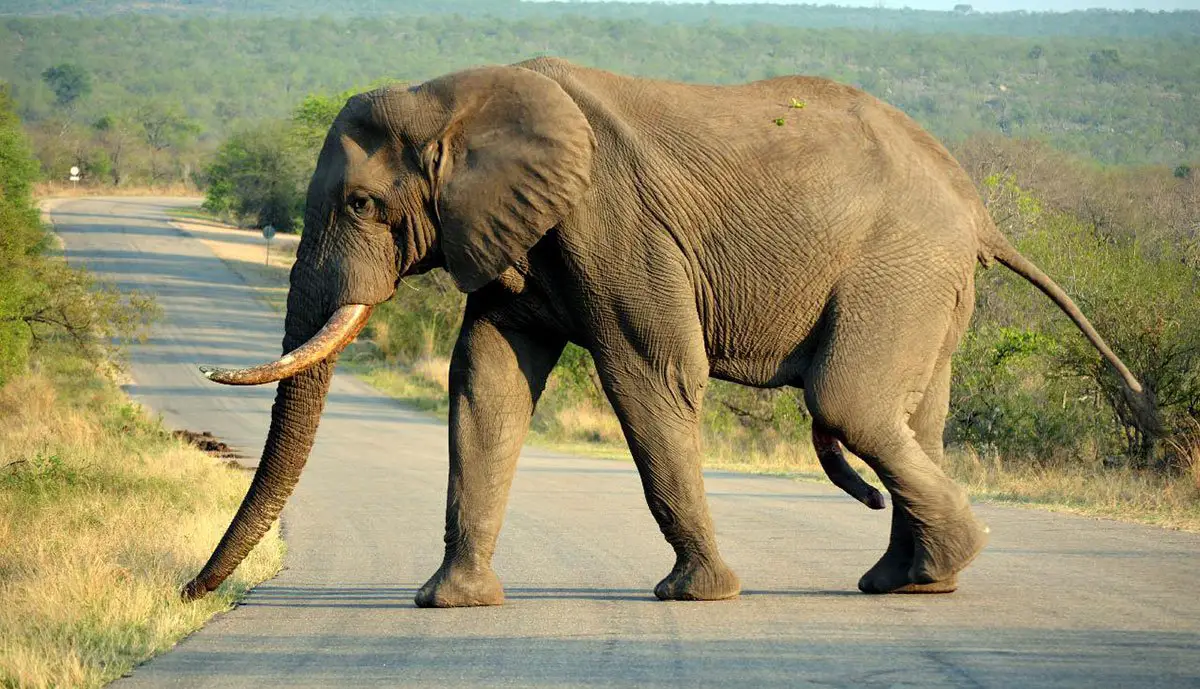The West Indian manatee (Trichechus manatus) is one of the largest herbivorous marine mammals. It is also called ‘sea cow’. There are two subspecies of West Indian manatee: the Florida manatee and the Caribbean manatee.
Adult manatees measure 8.9–11.5 feet in the overall body length. The average weight is about 440–1,320 pounds. The biggest West Indian manatee ever recorded at 3,649 pounds.
They have 3 – 4 nails attached to their flippers. The manatee has grey to brownish coat.
West Indian manatee lives in the Caribbean waters, (West Indies), southern Florida, Massachusetts, Texas, Mississippi, Missouri, Guyana, Bahamas, Venezuela, Panama, Cuba, Brazil, and Mexico.
They prefer shallow c oastal waters. West Indian manatees build habitats in estuaries, coastal waters, and freshwater rivers.
oastal waters. West Indian manatees build habitats in estuaries, coastal waters, and freshwater rivers.
West Indian manatees are herbivores. They will eat 60 different types of aquatic plants. Manatees regularly feed on leaves, grasses, small invertebrates, and rarely fish. They likely spend 5 hours a day on feeding.
Despite their huge size, they are pretty quick underwater. Manatees do not establish territories. Nor do they possess any natural predator in the wild. Sharks and killer whales are probably the only predators of West Indian manatees.
The female produces her first calf after 6 or 9 years age. The newborn manatee weighs 60 – 70 pounds at birth.
The average lifespan of West Indian manatees is up to 28 years in the wild. One of the manatees died at the age of 69 years in captivity. Its name was Snooty.
The global population of West Indian manatees is estimated at 2,500 individuals in the wild. The IUCN Red List has listed it as Vulnerable species.





